Your tomatoes are in trouble—and they’re not being subtle about it. One day they’re blooming like stars, and the next? Spots, cracks, curl-ups, and full-on drama. June hits hard, and tomatoes throw fits. But don’t panic. This isn’t the end of your summer harvest. It’s just the part where you play hero. We’ve got six classic tomato meltdowns lined up—plus ten clever ways to fix them fast. No guesswork. No garden heartbreak. Just smart, simple moves to get those plants back on track. Because nothing tastes sweeter than a comeback crop.
Blossom End Rot

Blossom end rot is a gardener’s nemesis, marked by a dark sunken patch at the base of tomato fruits. This physiological disorder stems from calcium deficiency in the plant, often exacerbated by inconsistent watering.
Ensuring even soil moisture is crucial. Mulching your plants can help retain moisture and maintain consistent hydration levels. If your soil is lacking in calcium, adding lime or crushed eggshells can remedy the issue.
Did you know? Blossom end rot can affect not just tomatoes but also peppers and squash. Prevention is key to saving your harvest.
Tomato Hornworms
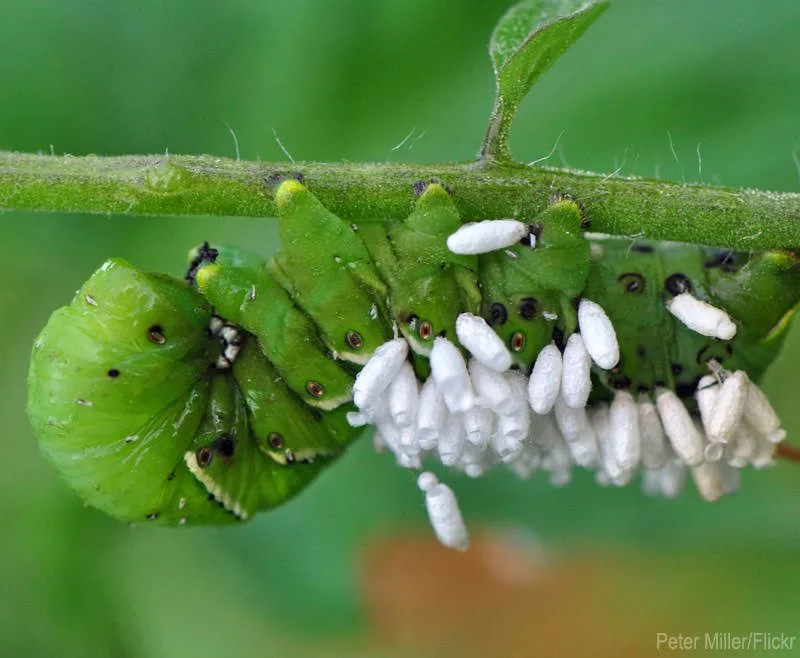
Tomato hornworms can be a gardener’s nightmare, devouring entire plants overnight. These large green caterpillars blend in seamlessly with foliage, making them hard to spot.
Regularly inspecting your plants is vital. Handpicking them off or introducing natural predators like parasitic wasps can help control their population.
Fun fact: Hornworms can grow up to four inches long and are a favorite host for the braconid wasp. Encouraging these wasps can naturally keep hornworm numbers in check without chemicals.
Early Blight
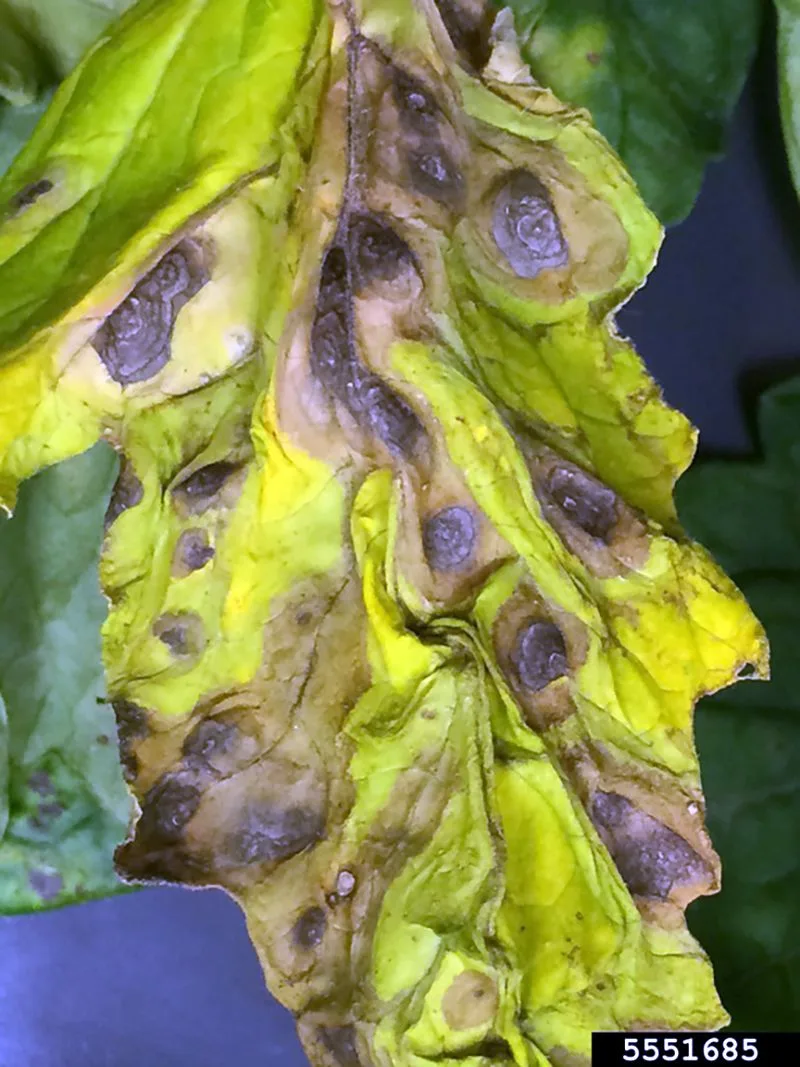
Early blight is a common fungal disease that thrives in warm, wet conditions, leaving brown spots on leaves. It weakens plants and reduces yields if not addressed promptly.
To combat early blight, ensure proper spacing for air circulation and remove infected leaves immediately. Mulching helps to prevent soil splash, a common way the fungus spreads.
Quirky fact: The fungus can survive in soil debris, so it’s crucial to clean up garden beds at the end of each season. Vigilance is your best defense.
Cracking Fruits
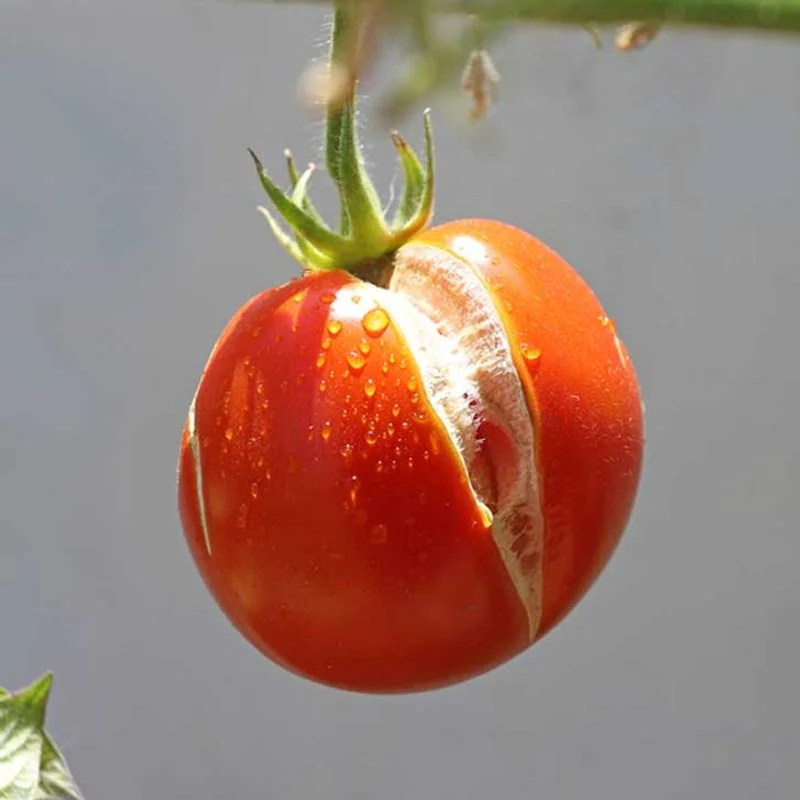
Cracked tomatoes can be frustrating, often caused by irregular watering. When plants experience rapid moisture changes, the fruit expands faster than the skin can grow, leading to cracks.
Aim for consistent watering to avoid this issue. Mulching can help maintain even soil moisture, while drip irrigation systems provide a steady water supply.
Did you know? Some tomato varieties are bred to be crack-resistant, making them an excellent choice for novice gardeners seeking a more forgiving crop.
Leaf Curl
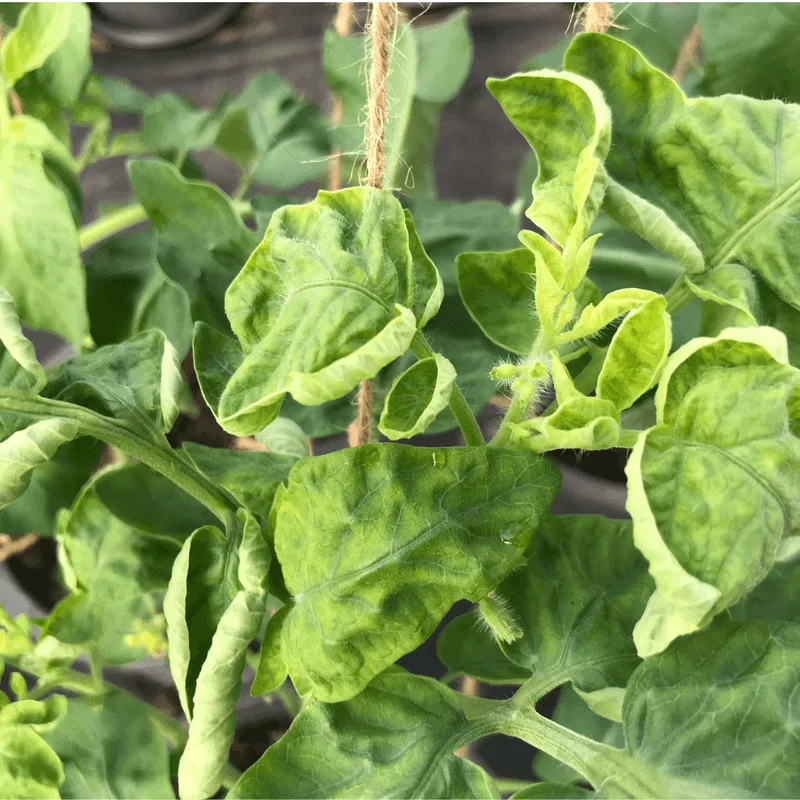
Leaf curl in tomatoes can signal various issues, from environmental stress to viral infections. Distorted leaves often appear during hot, dry spells or after excessive pruning.
Providing adequate water and shade during peak sun hours can alleviate stress-related curl. If a virus is suspected, removing affected plants is essential to prevent spread.
Fun fact: Leaf curl can also affect other plants, like peppers and potatoes. Understanding the cause is crucial to finding the right solution and saving your crops.
Yellowing Leaves
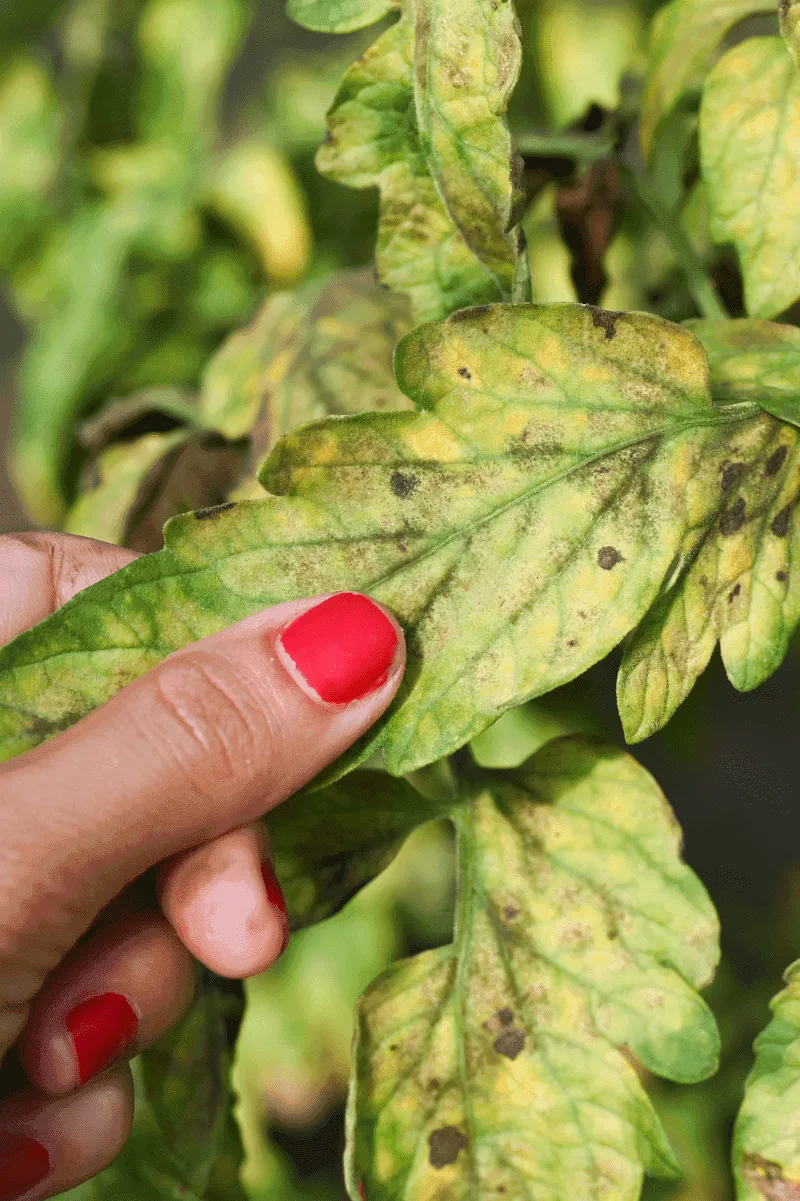
Yellow leaves on tomatoes often indicate a nutrient deficiency or overwatering. Common culprits include nitrogen lack or poorly draining soil that chokes roots.
Testing soil and adjusting fertilization can restore vitality. Nitrogen-rich feeds or ensuring proper drainage often solve the problem.
Did you know? Companion planting with legumes can naturally boost nitrogen levels in the soil, benefiting your tomatoes. Monitoring plant health regularly is key to lush, green growth.
Consistent Watering Techniques
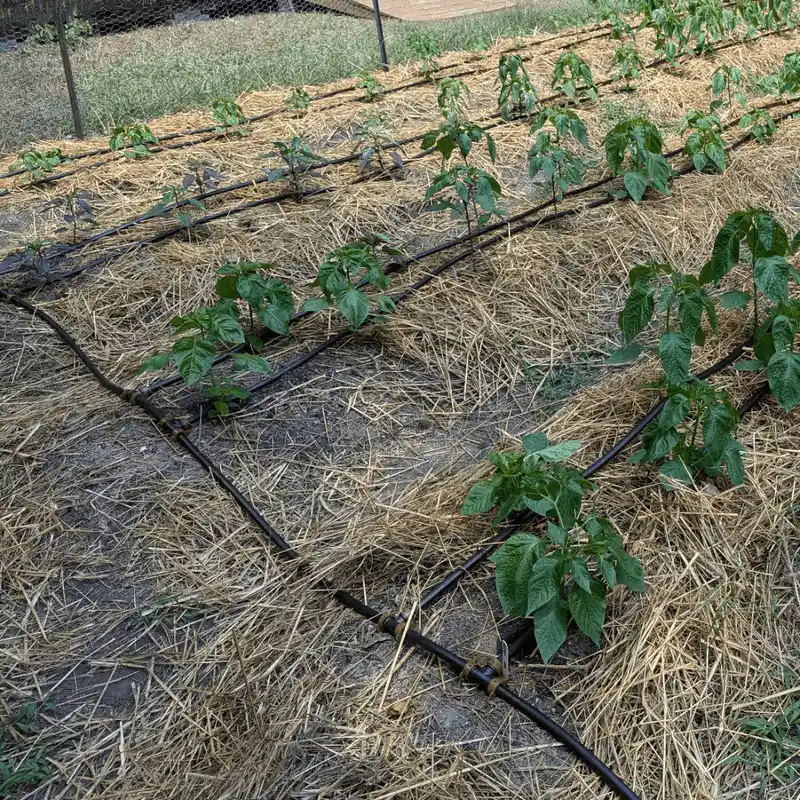
Maintaining consistent watering is a game-changer in tomato care. Irregular moisture levels can lead to several problems, including cracking and blossom end rot.
Employing drip irrigation systems helps deliver steady water supply directly to the roots. Mulching further aids in retaining soil moisture and temperature control.
Interesting tidbit: Tomatoes need about an inch of water per week. Adjusting for rainfall and temperature shifts ensures your plants remain healthy and productive.
Natural Pest Control

Harnessing nature for pest control can be a gardener’s best ally. Beneficial insects like ladybugs and lacewings consume harmful tomato pests, reducing the need for chemical interventions.
Encouraging these allies involves planting nectar-rich flowers nearby. Companion planting with marigolds deters nematodes, offering a dual defense strategy.
Fun fact: Ladybugs can eat up to 50 aphids a day, making them an invaluable asset in any garden. Embracing nature’s balance leads to vibrant, healthy tomato plants.
Regular Pruning Practices

Pruning isn’t just for aesthetics; it’s a vital practice for healthier tomato plants. Removing excess foliage improves air circulation, reducing disease risk.
Focus on snipping away suckers and any damaged leaves. This channel’s energy towards fruit production, boosting yields.
Did you know? Pruning can lead to earlier harvests since the plant invests more resources in ripening fruit. Consistent care and attention to pruning can significantly impact your garden’s success.
Soil Health Management
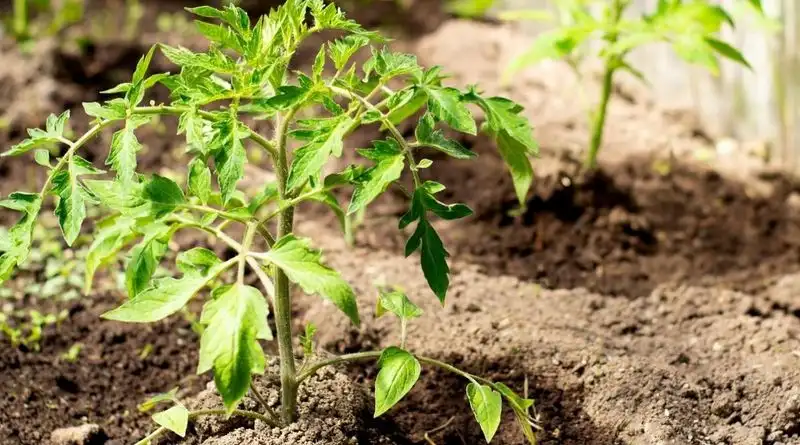
Healthy soil is the foundation of a thriving tomato garden. Rich in organic matter and teeming with life, it supports robust plant growth.
Incorporating compost and aged manure boosts soil fertility. Regularly testing soil pH and adjusting as needed ensures optimal nutrient accessibility.
Fun fact: Earthworms are a sign of healthy soil; they aerate the ground and break down organic matter. Prioritizing soil health leads to bountiful tomato harvests and resilient plants.
pH Level Adjustment

Balancing soil pH is crucial for nutrient absorption in tomato plants. Ideally, a pH range of 6.0 to 7.0 suits tomatoes, where they can access nutrients effectively.
Using lime to raise pH or sulfur to lower it helps achieve this balance. Regular pH testing allows for timely adjustments.
Did you know? Acidic soils can lead to poor nitrogen availability, stunting plant growth. Maintaining optimal pH levels is essential for thriving tomato plants and abundant fruit production.
Disease-Resistant Varieties
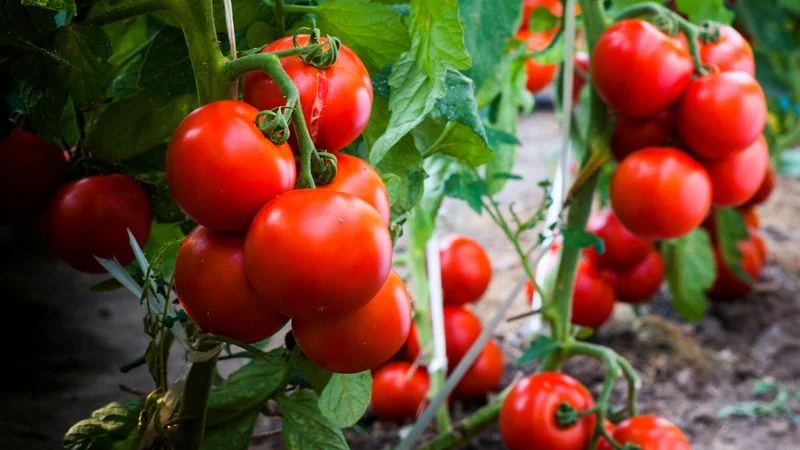
Choosing disease-resistant tomato varieties can save you many headaches. These plants are bred to withstand common issues like blight and wilt.
When planning your garden, look for seeds marked with disease resistance codes. This proactive step reduces reliance on chemical treatments.
Fun fact: Heirloom varieties may lack modern disease resistances but offer unique flavors. Balancing heirlooms with resistant types can give you the best of both worlds in flavor and resilience.
Mulching Benefits
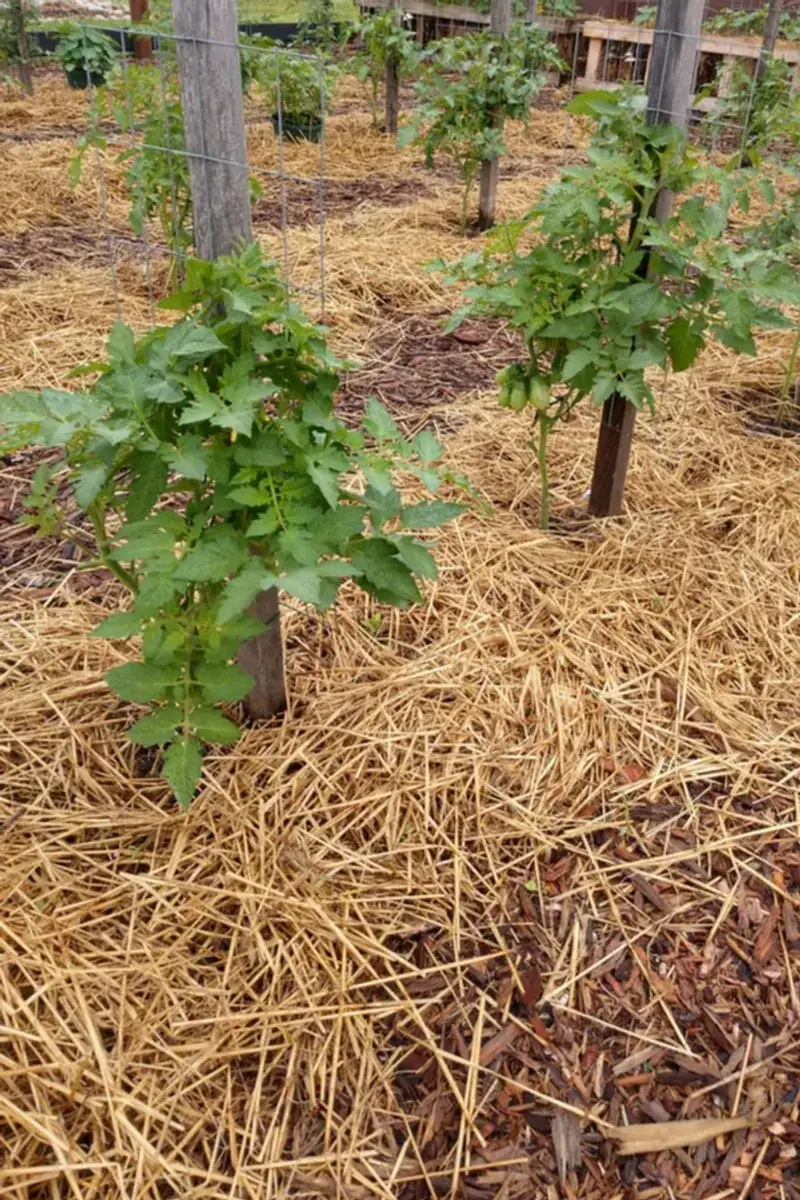
Mulching is a gardener’s secret weapon for healthier tomatoes. By covering the soil with organic materials like straw or wood chips, you lock in moisture and suppress weeds.
A good mulch layer stabilizes soil temperatures, protecting roots from extremes. It also slowly adds nutrients back into the soil as it decomposes.
Did you know? Mulching can reduce evaporation by up to 70%, making it essential in hot climates. This simple practice can dramatically improve your tomato yield and overall plant health.
Companion Planting

Companion planting involves strategically growing plants together to enhance growth and deter pests. Tomatoes benefit from neighbors like basil, which repels harmful insects.
Marigolds are another excellent companion, as they deter nematodes and attract pollinators. This symbiotic relationship fosters a more balanced ecosystem in your garden.
Fun fact: Basil is said to improve the flavor of tomatoes when grown nearby. Companion planting not only aids in pest control but can also elevate your garden’s productivity and taste.
Fertilizer Application
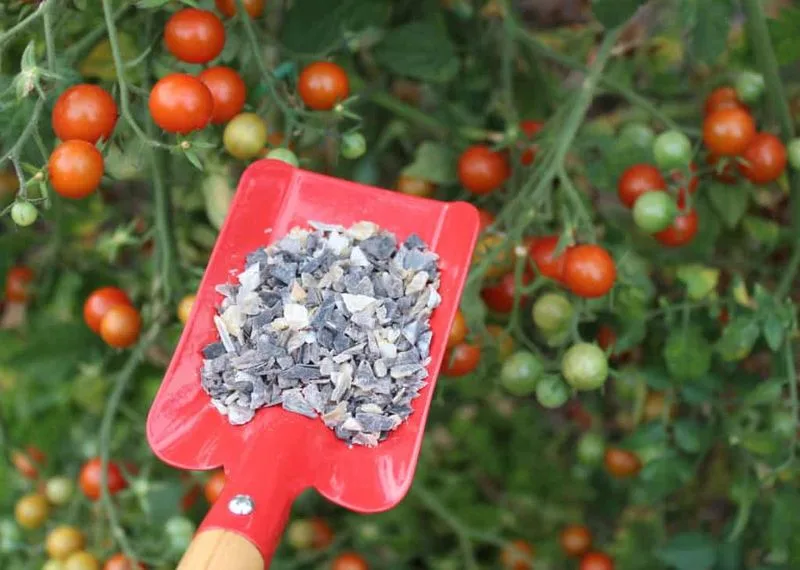
Proper fertilization can be the difference between mediocre and fantastic tomato harvests. Organic fertilizers provide a balanced nutrient supply, supporting vigorous growth.
Apply fertilizers based on plant growth stages. Young plants need phosphorus for root development, while mature plants benefit from potassium for fruit production.
Interesting note: Over-fertilization, especially with nitrogen, can lead to lush foliage but fewer fruits. Understanding your plants’ nutritional needs ensures a bountiful harvest and healthier plants.
Shade Management

During scorching summer days, managing shade is essential for tomato health. Excessive heat can stress plants, leading to blossom drop and poor fruit set.
Using shade cloths or planting tomatoes near taller crops can provide relief from harsh sunlight. This strategy keeps plants cooler, promoting better fruit development.
Did you know? Tomatoes need about 8 hours of sunlight, but excessive heat can be detrimental. Balancing sun exposure ensures your plants thrive even in hot conditions.

